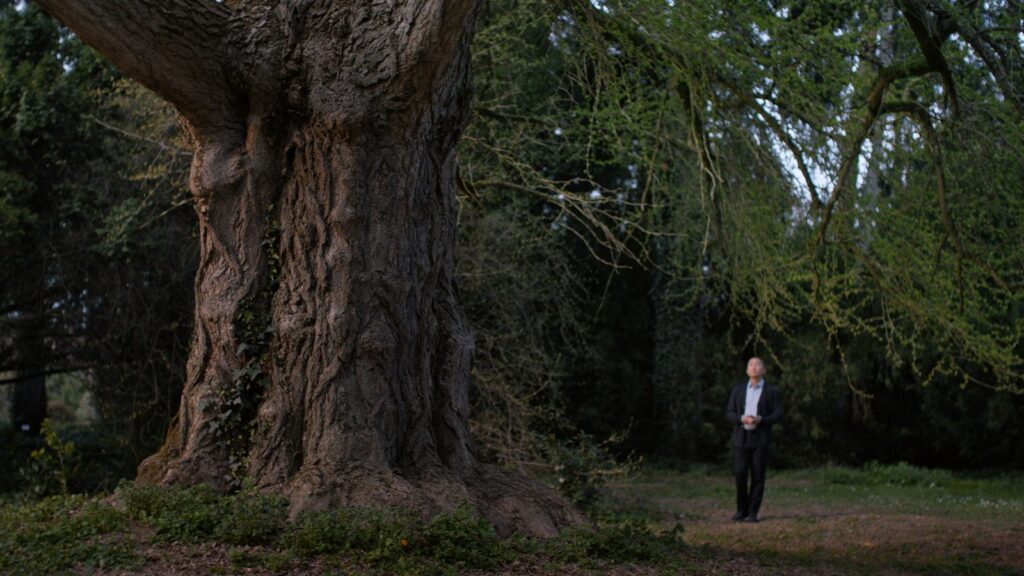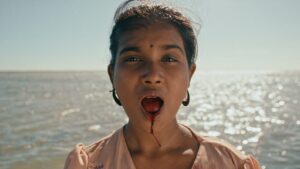Title: Silent Friend
Foreign Title:
Year: 2025
Country: Germany/France/Hungary
Language: In German and English with English subtitles
Director: Ildikó Enyedi
If you choose to watch this film, and I highly recommend that you do, remember that cinema is a time-based art. Ildikó Enyedi, the veteran award-winning Hungarian director, never forgets this, and she uses it masterfully throughout Silent Friend.
Although the film doesn’t fully belong to the tradition of “slow cinema,” it shares many of its traits: a rejection of dramatic narrative, an emphasis on observation, the use of sound as an emotional trigger, and a rhythm that demands patience. It takes time to understand what is happening, but slowly the film draws you in, never compromising its vision for the sake of viewer comfort.
Around twenty minutes in, a second story begins, set in the early 1900’s; another twenty minutes later, a third narrative emerges, this time in the early 1970’s. None of these revelations make the film clearer in a conventional sense, yet gradually a theme unfolds.
All three stories are connected by place, a German university, and by a central figure: the same ginkgo biloba tree in the university’s botanical garden.
In the first story, set in the present, neurobiologist Prof. Wong arrives at the university to continue his study of emotional intelligence in babies. When COVID restrictions leave him isolated, he becomes fascinated by the tree and, with the help of an online biologist and a campus caretaker, begins to explore patterns of emotion within it and their connection to his own emotions.
The second story unfolds at the turn of the 20th century, following Grete, a young woman determined to break into the biology department despite prejudice, sexism, and envy. Against all odds, she becomes the first woman in the department, learn early photography and with it to continues her research into the sexuality of plants.
The third tale, set in the early 1970s, introduces Gundula, a student investigating the emotions of plants. She is aided by Hannes, a shy young man who continues her research, and her love affair with a geranium plant, while she joins the political protests of the time.
What makes the film compelling is not only the interwoven stories but also Enyedi’s formal mastery. Each period is shot in a different medium, black-and-white 35mm for 1908, color 16mm for 1972, and digital for the present. It is not only the format that shifts, but also the style of lighting, framing, and the presence of the Zeitgeist, which makes each era unique in terms of narrative, cultural reference, and political and social concerns. The transitions between times are elegantly executed, often through recurring objects or mirrored frames, giving time a sense of repetition, spiral, and infinity. Each story shares a similar structure:




